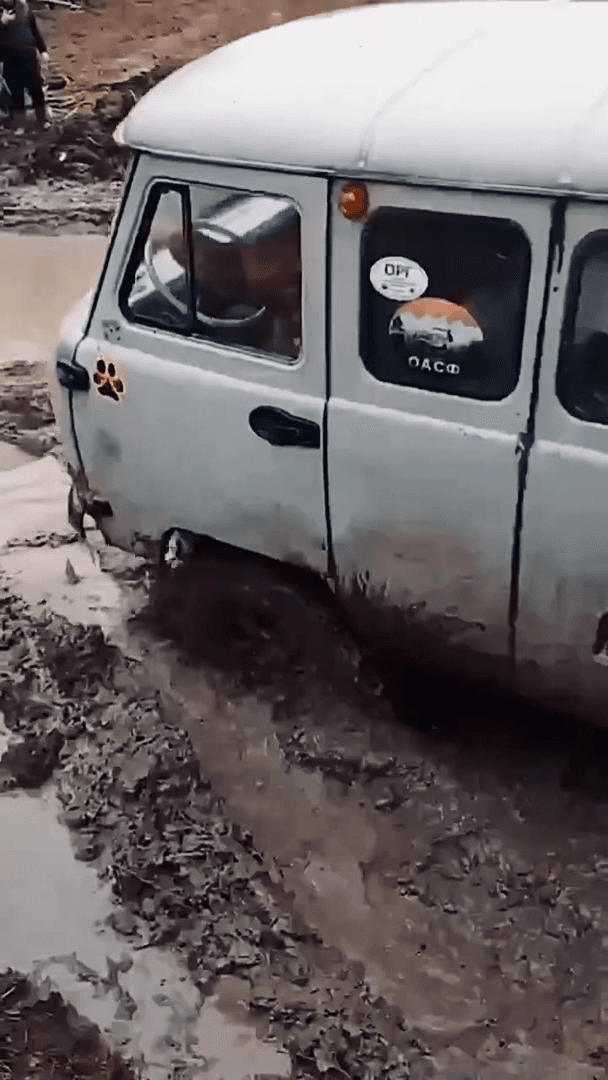
Hunting Adventures in Luweero, Uganda: Traditions, Techniques, and Conservation in a Unique African Landscape Luweero, in central Uganda, is a less-explored hunting region featuring a unique mix of savannah and forest landscapes. Known for its diverse wildlife, it offers opportunities for both local and international hunters. This guide covers Luweero’s geography, wildlife, hunting types, regulations, and more, providing a comprehensive overview for hunting enthusiasts. Geographical Features of Luweero Region: A Hunter's Terrain Luweero, in central Uganda, features flat to gently hilly terrain with savannah, forests, and wetlands. Its tropical climate has a wet season (March–May) and a dry season (June–September), when animals gather near water, making hunting easier. The savannahs are ideal for antelope hunting, while the forests host smaller and some larger game, offering diverse hunting experiences from open plains to dense bushland. Demographics of Luweero Region: A Growing Hun
Post: 11 July 06:09
















































